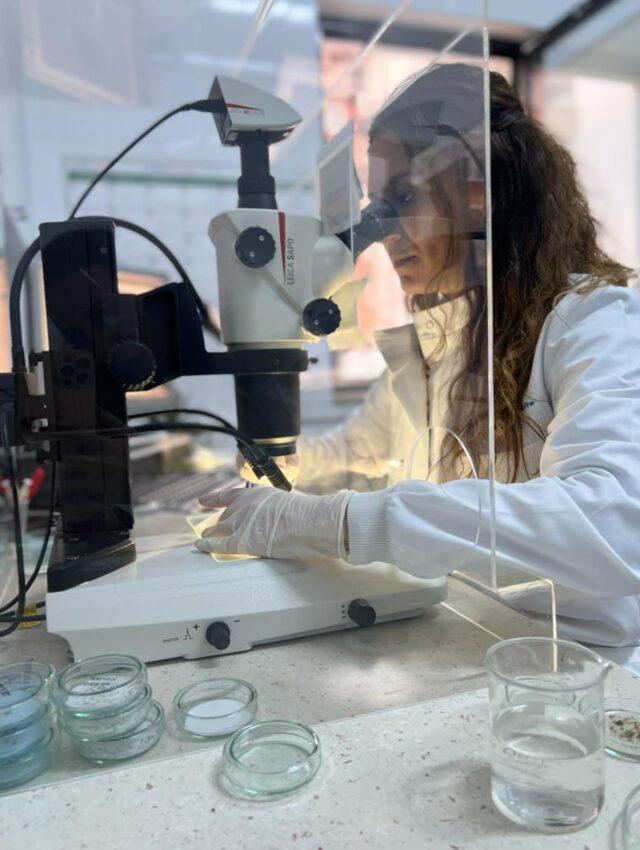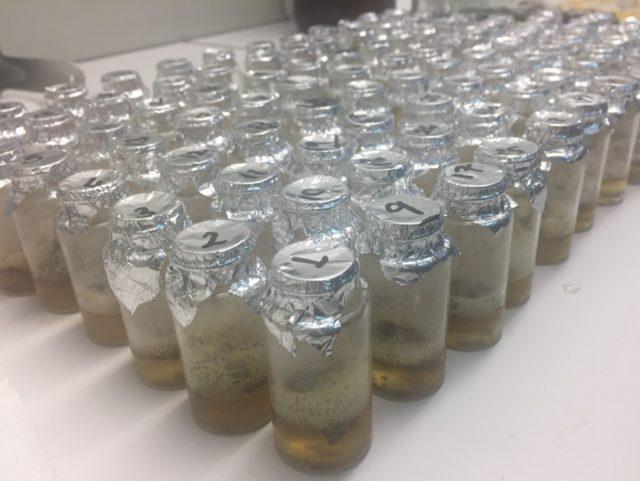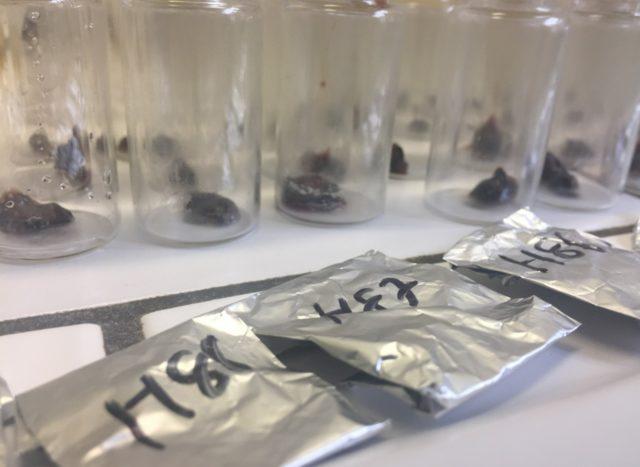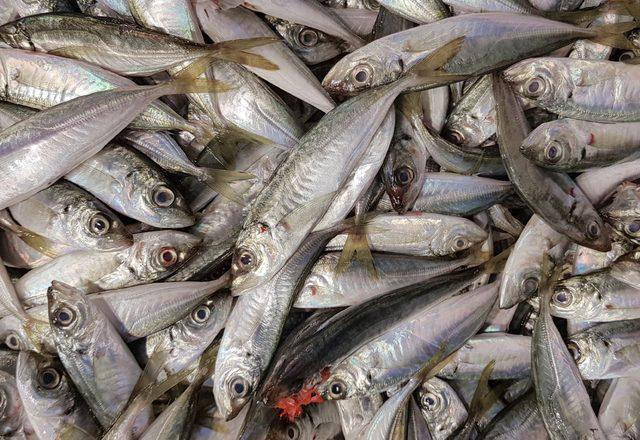It is recommended to consume the fresh fish found in fishmongers and market stalls every week. However, citizens have hesitations about the contents of the fish they buy, especially in recent years. Assoc. Dr. Ülgen Aytan, in their research on fish in the Gulf of Izmit, stated that they detected microplastics in 4 out of 10 fish, and that they mostly encountered fibers originating from synthetic textile products in fish.
MICROPLASTIC OCCURRED IN THE MOST FREQUENTLY CONSUMED FISH
Assoc. Dr. Ülgen Aytan and his team started the project to investigate microplastics on fish of ecological and economic importance in the Gulf of Izmit in 2019. The study, whose article was published in March, included the numbers of microplastics detected in fish. In all of the mullet, swallow, scorpion, sole and flounder examined within the scope of the research, 80 percent of red mullet, 53 percent of mazak, 40 percent of horse mackerel, 39 percent of rock fish, 28 percent of gins, 20 percent of traconias. Microplastics were detected in turkey and 10 percent of haddock.
4 OUT OF EVERY 10 FISH CONTAIN MICROPLASTIC

Aytan said, “We encountered varying amounts and types of microplastics in all the species examined. We can say that we found microplastics in 4 out of every 10 fish we examined. This does not mean that there is at least one plastic in the digestive tract of fish, we have detected dozens of microplastics in the digestive tract of some fish.” he said.
INDUSTRIALIZATION AND SHIP TRAFFIC polluted the sea

The Gulf of Izmit, where they carried out the research; Stating that it is located in the east of the Marmara Sea, which has become a drainage point for a population of approximately 25 million and has become polluted due to factors such as increasing population, industrialization and ship traffic since the 1970s, Aytan said that plastics contain all kinds of pollutants due to limited water exchange. noted that it is one of the leading pollutants.
IT WILL FOUR DOUBLE IN 2050

“We also encountered microplastics in the form of pieces and films in the digestive tract of the fish that were examined. Piece type microplastics, microplastics formed by breaking up all kinds of large-sized hard plastics such as detergent bottles… We also found microplastics.” Pointing out that global plastic production is expected to quadruple by 2050, Aytan pointed out that even if the plastic entry into the marine environment has stopped, the plastics that have entered since the 1950s continue to break down.
“WE ALL HAVE AN IMPORTANT SHARE IN THIS POLLUTION”

Underlining that the plastic sent to the sea, after showing many physical, chemical and biological effects, its effects multiplied and became a great threat to people, Aytan listed his suggestions for solutions against microplastic pollution:
“We urgently need to reduce the plastic entering our seas and develop new technologies to remove what is present in the sea. We are now talking about a toxic, persistent pollutant that has spread to the poles. A pollutant with such high buoyancy can be transported to an ecosystem where it never belongs, after long voyages. Better “There is a need for solid waste management and wastewater treatment. The use of single-use plastics should be banned globally. However, until we wait for these regulations, we should not forget that even our personal preferences will create a global change. We must choose our choices well when shopping, we all have an important share in this pollution.”
MICROPLASTIC DAMAGES
According to the researches, microplastics;
- It can be effective in the emergence of cognitive development disorders.
- It can lead to the formation of important diseases such as obesity and cancer.
- It may have an effect on birth defects and reproductive problems.
(AA)
